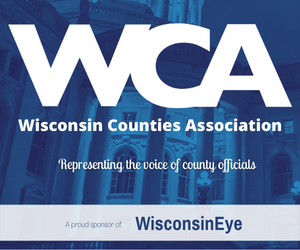Milwaukee: A City Built on Water

Water runs through Milwaukee’s history like a river. It was water, first of all, that put the city on the map. A good harbor guaranteed prosperity in the Age of Sail, and Milwaukee had the best on the western shore of Lake Michigan. Once settlers arrived, water shaped how they earned a living. Rivers were harnessed to grind flour and saw lumber, and millions of gallons were used to tan leather, cool machinery, and brew the beverage that made Milwaukee famous.
But water was just as important for play as for work. The upper Milwaukee River blossomed as a sort of in-town Up North in the late 1800s, lined with canoe clubs, beer gardens, swimming schools, and amusement parks from North Avenue to Capitol Drive. In 1929 Lincoln Memorial Drive debuted as one of the most spectacular stretches of urban shoreline on the Great Lakes.
Milwaukee used its water resources, and in time that use crossed the line to abuse. The lower Milwaukee River was reduced to an open sewer by 1900, so choked with filth that engineers proposed covering it with a concrete deck to create “a grand boulevard.” Lake Michigan suffered similar indignities. It was used as a garbage dump in the 19th century, and human impacts completely upended its ecosystem in the 20th.
Only in recent decades have the currents turned for the better. From the Milwaukee River Greenway to the reborn Menomonee Valley to the cultural theme park on our downtown lakefront, the patterns of the past are being reversed, providing cause for celebration as well as concern.
Milwaukee: A City Built on Watertells the full story of our relationship with water in a fast-paced, richly illustrated one-hour documentary. Written and hosted by historian John Gurda, the program was produced by the same team that created the Emmy Award-winning seriesThe Making of Milwaukee.
High School Units
Water in Milwaukee
- Activities
- Links
- Documents
Degradation and Environmental Activists
- Activities
- Documents
Invasive Species
Restoration
General Links
- Possible Standards
- Possible Resources
- Graphic Organizer





















